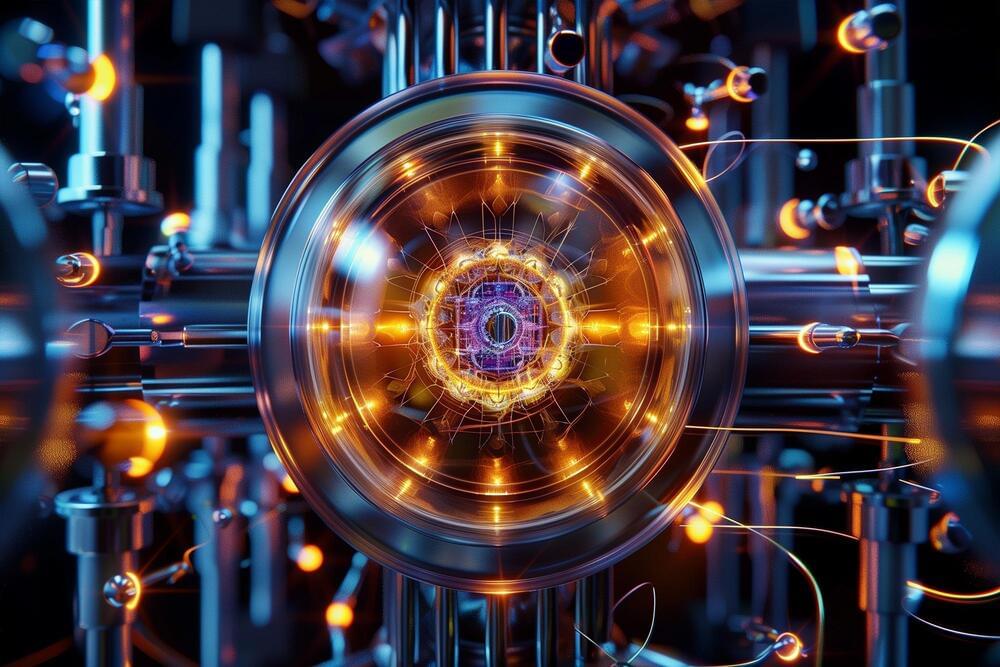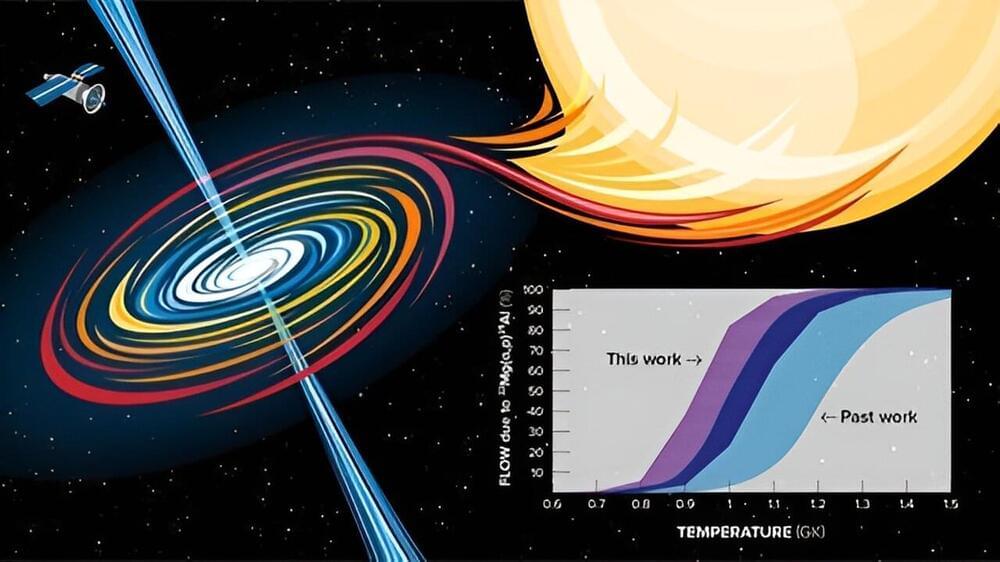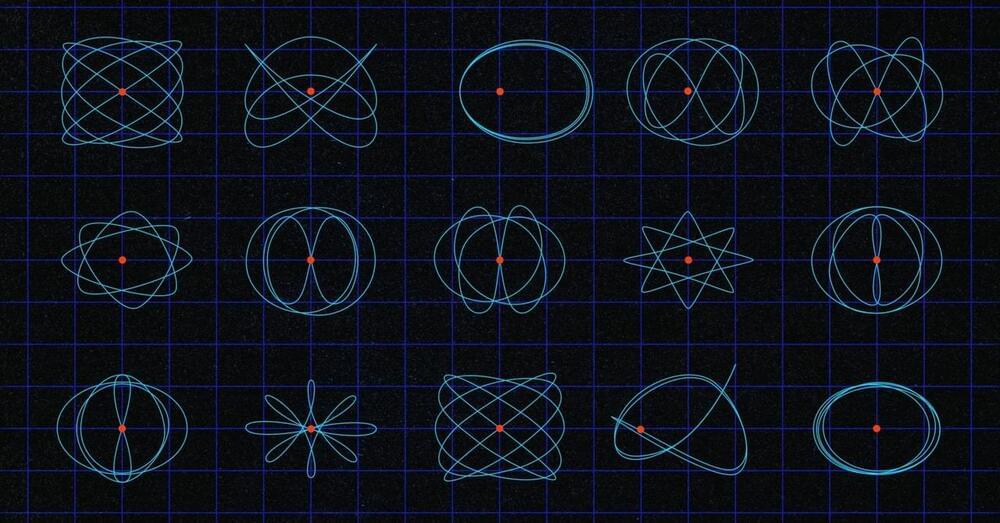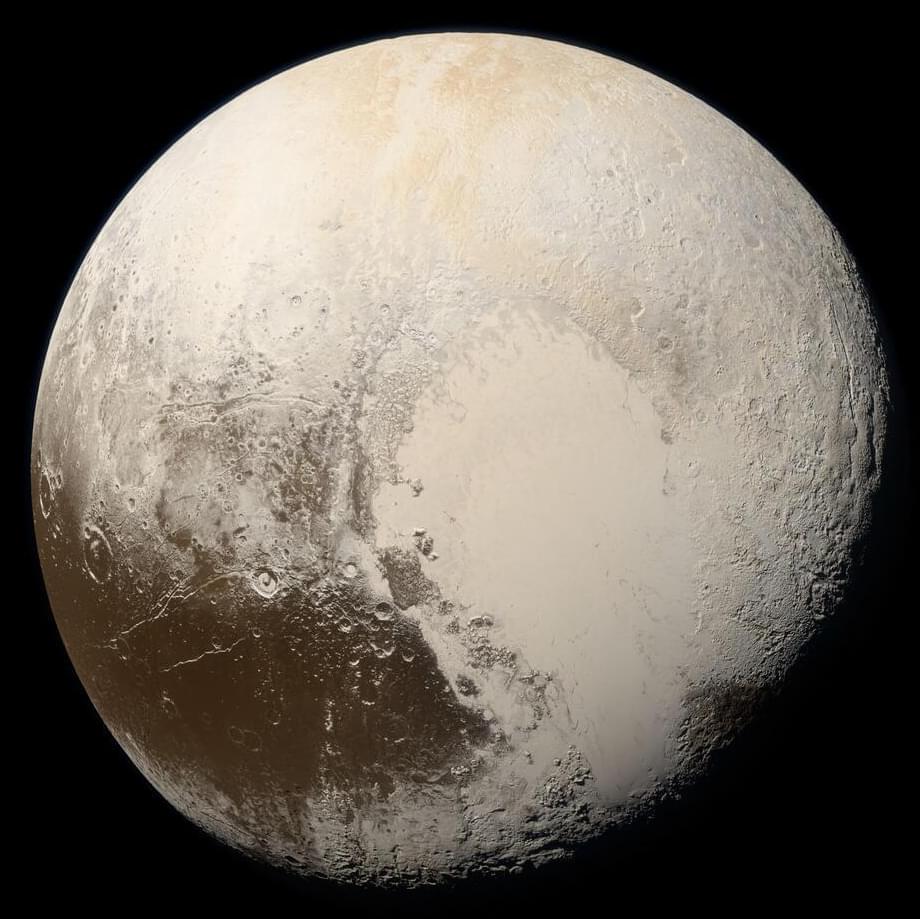May 8, 2024
Near collapse of Earth’s magnetic field 591 million years ago may have allowed complex life to thrive
Posted by Dan Breeden in categories: particle physics, space
Earth’s magnetic field plays a key role in making our planet habitable. The protective bubble over the atmosphere shields the planet from solar radiation, winds, cosmic rays and wild swings in temperature.
However, Earth’s magnetic field almost collapsed 591 million years ago, and this change, paradoxically, may have played a pivotal role in the blossoming of complex life, new research has found.
“In general, the field is protective. If we had not had a field early in Earth history water would have been stripped from the planet by the solar wind (a stream of energized particles flowing from the sun toward Earth),” said John Tarduno, a professor of geophysics at the University of Rochester in New York and senior author of the new study.


















